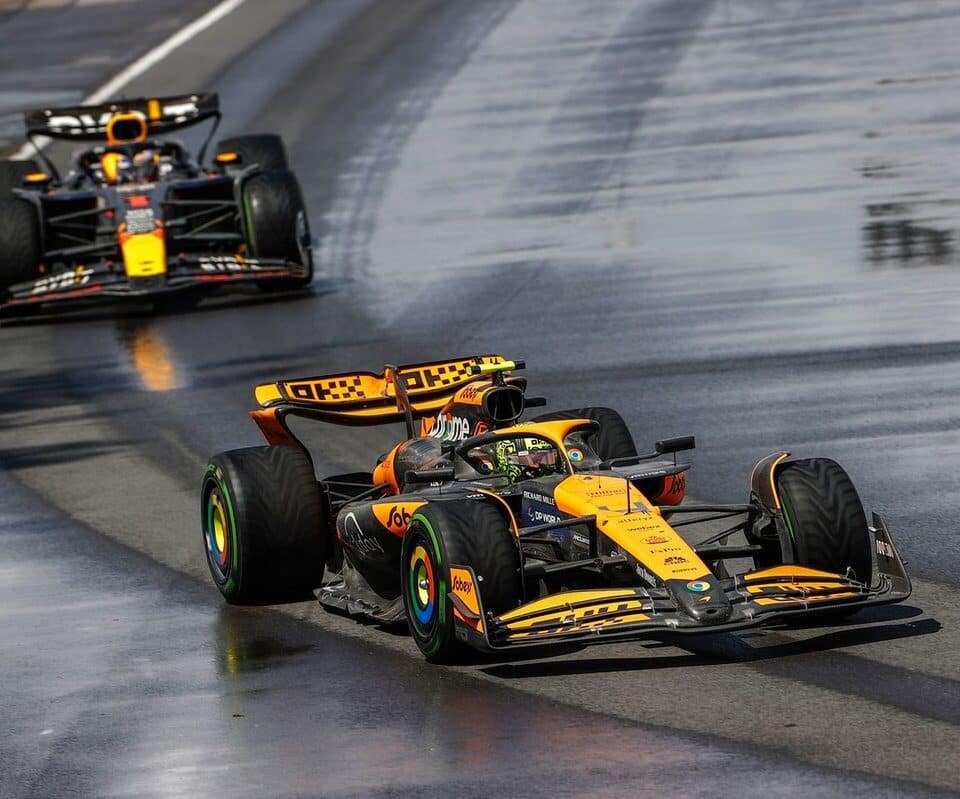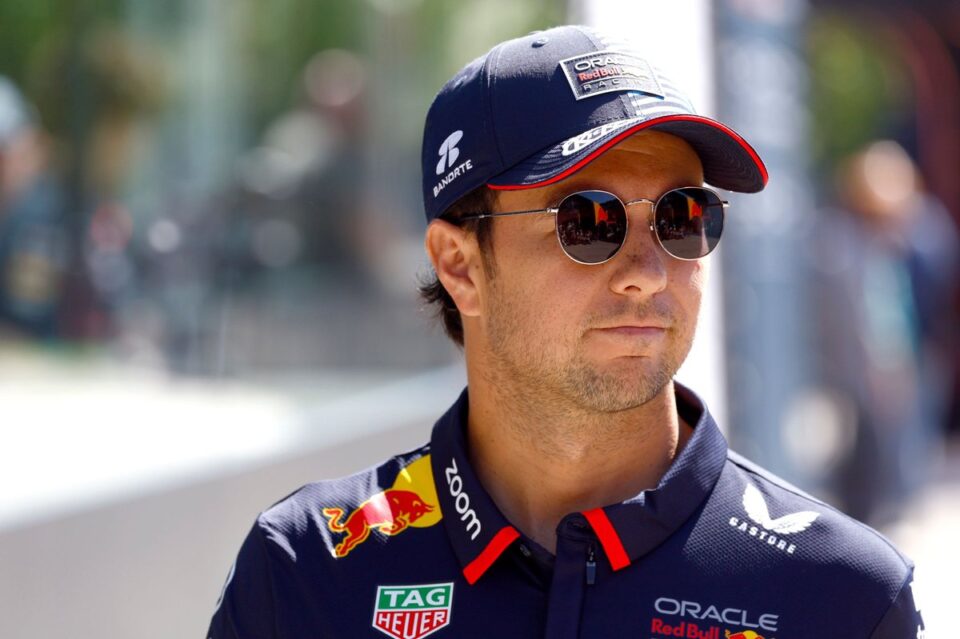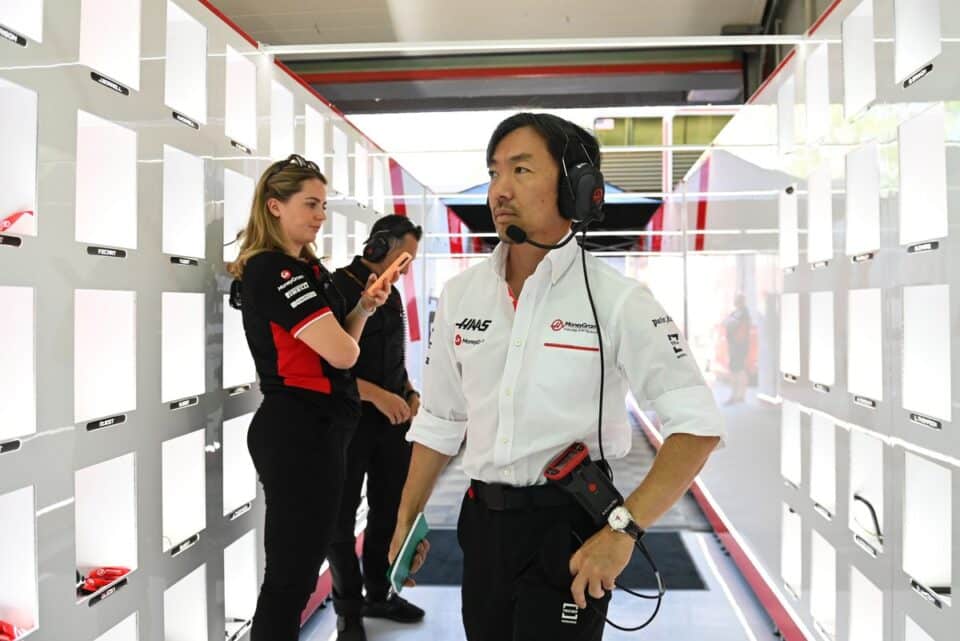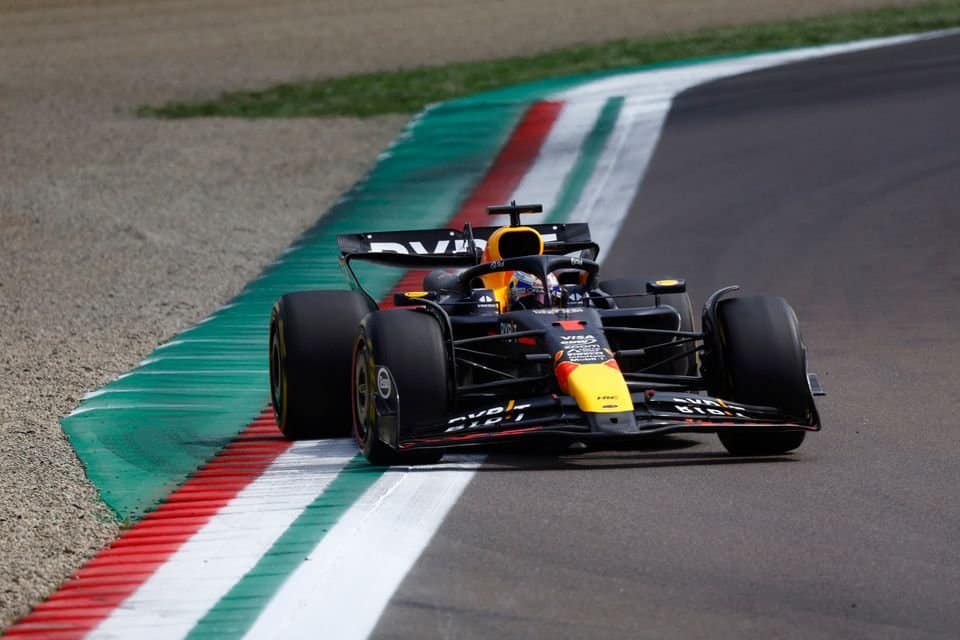Red Bull boss Christian Horner believes McLaren could have won the Formula 1 Canadian Grand Prix, if not for a critical error in their tire strategy involving Lando Norris.
During the race, McLaren lost the lead to Max Verstappen at the first safety car stop prompted by Logan Sargeant’s stranded Williams. However, Horner insists this wasn’t the decisive moment that cost McLaren the victory.
According to Horner, the pivotal misstep occurred when drivers began switching to slick tires. Norris opted to stay out longer than the others, initially keeping his intermediate tires, which still had the advantage for a short while.
Despite holding a 20-second advantage over Verstappen at the time, Norris’s decision to remain on the track for two additional laps ultimately didn’t pay off. By the time he emerged from the pits, he landed on a damp section of the track and couldn’t gain traction, allowing Verstappen to overtake him on the dry line.
Horner noted that had Norris pitted just one lap earlier, Verstappen’s tires wouldn’t have been up to temperature, potentially altering the race outcome. ‘I thought we were in a much better window as the circuit dried out,’ Horner explained. ‘We were able to hold a consistent gap, and then it was all about getting the crossover at the right time because the first sector was pretty damp.’
Horner continued, ‘With each lap we did, the tires were getting warmer and I was surprised they didn’t cover after one lap. They left him for two, and that was crucial. It allowed Max another lap to generate the temperature. So when Lando did pit, Verstappen had tires that were in a window and was able to drive and pull out a three-second gap by sector one.’
Horner also mentioned that in the first stint, McLaren had a substantial pace advantage on the drying track. Norris was quickly widening the gap and seemed poised to dominate, especially when they transitioned to another set of intermediate tires after the safety car. According to Horner, a blend of strategic calls and tire temperatures ultimately tilted the race in Red Bull’s favor.
Reflecting on the initial phase of the race, Horner said, ‘In the first stint, we looked very competitive at the beginning, pushing George [Russell] very hard. We pulled out a seven-second lead very quickly on the cars behind. The wetter conditions suited us well.’ He added that as the track dried and the DRS opened, it allowed Norris to come back, giving McLaren what seemed to be a clear path to victory.
The Canadian GP was a showcase of how critical tire strategy can be in Formula 1. While McLaren had the upper hand early on, a crucial decision to delay switching to slicks proved costly, allowing Red Bull and Verstappen to capitalize and secure the win.
Source: Motorsport










